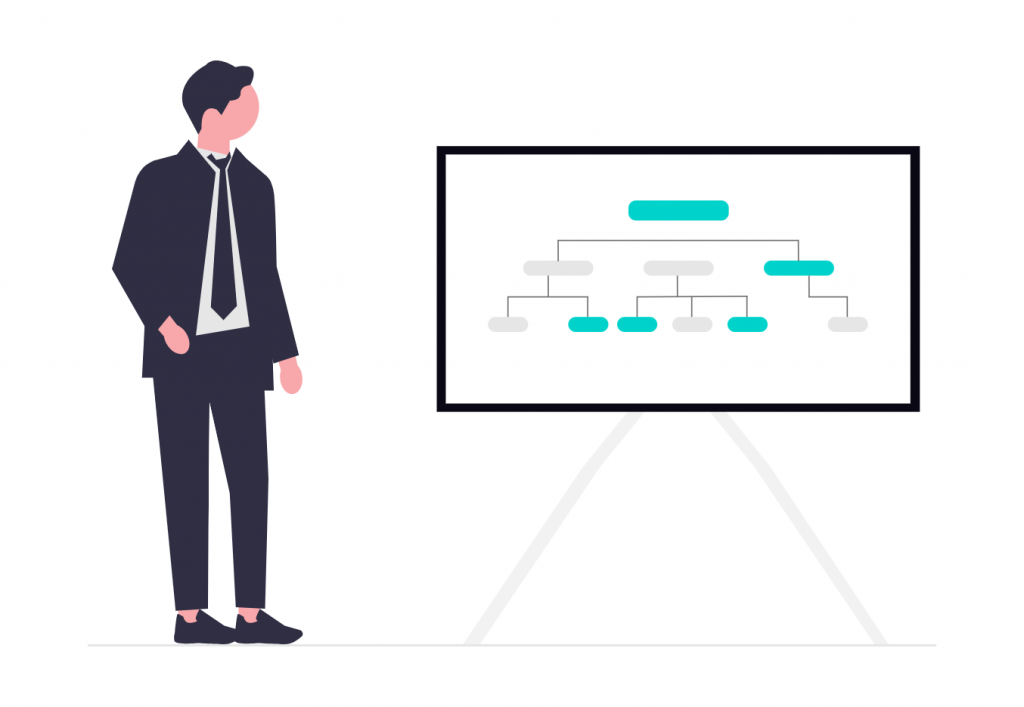
If you’ve ever felt that translation takes too long, costs too much, or produces mixed results, it might mean you haven’t found the right approach yet. It’s easy for it to get bogged down by processes and tools that don’t quite fit together. Lean translation management could be the solution. It’s based on the five general principles of lean management, which can be successfully applied to this industry too. Here’s what you need to know.
Lean management in translation context
Lean translation management takes inspiration from lean management principles, the same ideas behind lean manufacturing and lean business strategies. The concept is to minimize waste (it could be time, money, or effort) and focus on what truly adds value. Translation becomes a streamlined, inherent part of your product cycle.
The five principles of lean management:
- Define value from the customer’s perspective,
- Map the value stream to identify all steps,
- Create flow to ensure seamless processes,
- Establish pull so that work is done only when demanded,
- Pursue perfection through continuous improvement.
Think about it this way: lean translation means you achieve your localization goals quickly without unnecessary overhead. It’s about being agile enough to scale if you add new languages or markets and keeping the language quality consistent without driving up costs or creating process blockages.
Why translation can fail without lean
Many startups and established companies alike consider localization too late or… handle it poorly. Translation tasks pop up after product development milestones, so you get frantic last-minute scrambles to deliver languages. This is just lost time, rushed quality assurance, plus inflated costs.
Lean translation management embeds internationalization and localization very early in your development. You want to make sure your product is technically ready, with strings, resource files, and the content itself clearly separated from the code and design. If your product isn’t set up for the world from the start, that’s where your lean translation should begin.
The role of project managers in lean translation
Contrary to the fear that lean translation eliminates project management, it’s really not the case. Project managers become facilitators that make sure that cultural nuances, legal compliance, and business needs align perfectly with linguistic output. With lean translation, project managers can reduce noise from unnecessary emails and tasks. This way, they are left to focus on quality and relationship building with translators and stakeholders.
How to build a lean translation process
Let’s apply the five general principles to lean translation management and see how we can implement the same processes.
Define the scope → Value
Lean begins with identifying value from the customer’s perspective. In translation, value comes from delivering content that meets the audience’s needs at the right level of quality. That means not over-translating or over-engineering text that doesn’t require it. You need to distinguish between high-value content (like legal contracts or marketing campaigns) and lower-value content (like internal documentation). Make sure resources are focused where they create the most impact.
Standardize inputs → Value stream
Now that you’ve defined the value, lean management calls for mapping the value stream aka the full set of activities required to deliver that value. In translation, it’s analyzing the entire process from source content creation to final delivery. If you standardize inputs such as source text quality, file formats, and terminology, there’s a lesser risk of unnecessary obstacles in the value stream.
Choose the right tools → Flow
The principle of flow is about making work progress smoothly without interruptions. Tools like translation management systems, CAT tools, and machine translation can help establish flow by ensuring that work moves seamlessly from one step to the next. A well-integrated toolset keeps translation requests moving with minimal delays.
Optimize the workflow → Pull
Pull means producing only what is needed when it is needed. In a translation context, you want to tailor workflows to actual demand. For example, your internal content might go through machine translation with light post-editing, while your external marketing content could receive full human review. It’s a way of avoiding “over-processing,” like delivering translations that are better (and more expensive) than your audience requires.
Build a feedback & continuous improvement cycle → Perfection
The last principle is that of perfection, which in this case is continuous improvement. Tracking metrics like turnaround time, cost per word, and error rates allows you to identify waste and areas for refinement. Same for feedback from reviewers and end users, which reveal how translations perform in context. The lessons learned are fed back into glossaries and translation memories. Over time, you’ll see how this cycle steadily improves accuracy, efficiency, and reliability, and brings the workflow closer to perfection.
Wrapping up
Do you want to create a system that delivers translations that are faster and more cost-effective? Then build a lean translation workflow by aligning effort with value and reducing waste. The five principles of lean management can safely be applied in translation too.